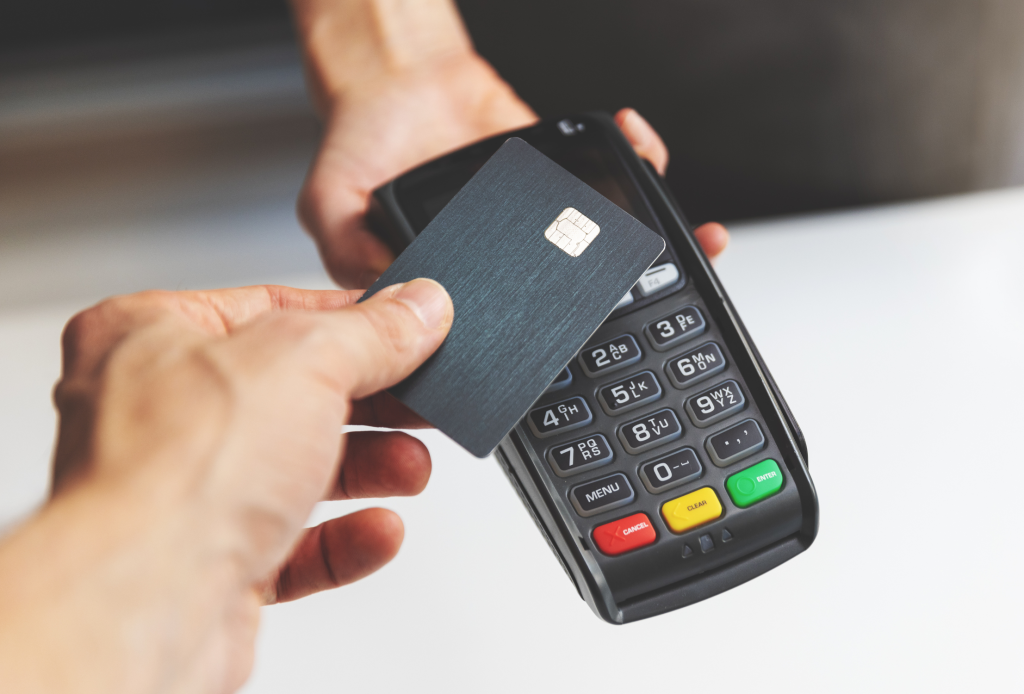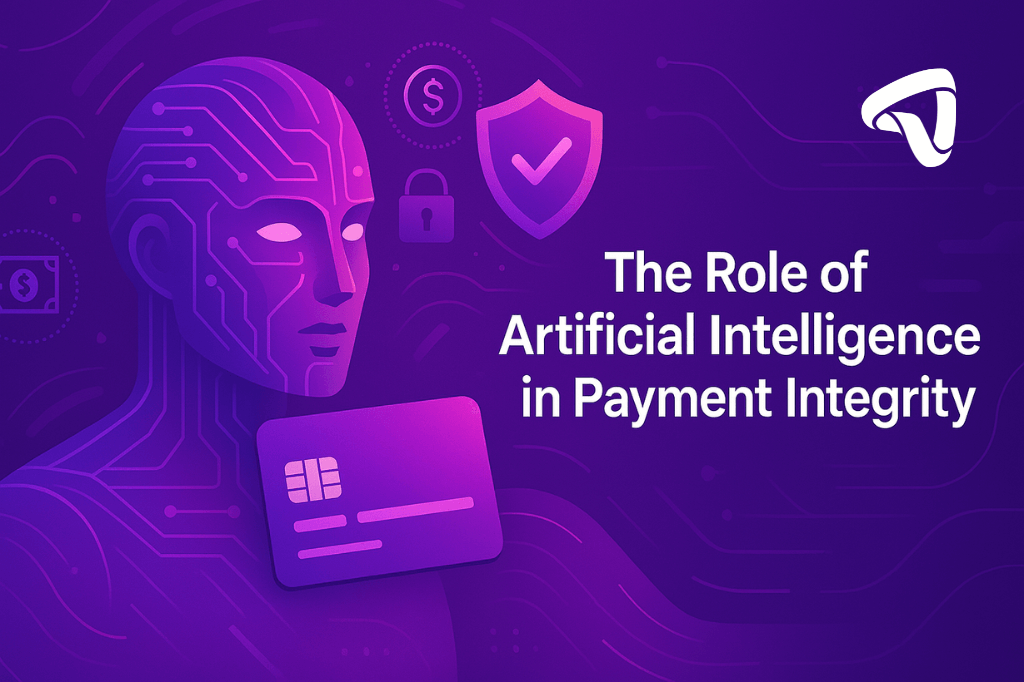Choosing the right payment method for your business can significantly impact your bottom line. One crucial factor to consider is the distinction between card-present and card-not-present transactions. This article will delve into the key differences, including fees, parties involved, and security measures.
Card-Present Transactions
- Definition: Transactions where the physical credit or debit card is present at the point of sale (e.g., POS machines).
- Fees: Generally lower fees due to reduced fraud risk.
- Parties Involved: Cardholder, merchant, acquiring bank, payment processor, issuing bank.
Card-Not-Present Transactions
- Definition: Transactions where the physical card is not present (e.g., online or over-the-phone payments).
- Fees: Typically, higher fees due to increased fraud risk.
- Parties Involved: Same as card-present, plus payment gateway.
Key Differences
- Security: Card-not-present transactions require additional security measures, such as 3-D Secure, AVS, and CVV, to mitigate fraud risks.
- Fees: Merchants often pay higher transaction fees for card-not-present transactions.
- Chargebacks: Chargebacks can be more frequent and costly for card-not-present transactions due to the lack of physical evidence.
As we’ve discussed in our previous article, ‘Card-Present vs. Online Payments: Understanding Transaction Fees,’ there are significant differences between these two types of transactions. Card-present transactions typically have lower fees due to reduced fraud risk. However, card-not-present transactions offer the flexibility of online and mobile payments. Businesses must carefully consider their specific needs and target audience to determine the optimal payment methods for their operations.
Example Comparison
Card-Present:
- The customer buys a $100 item at a store.
- Merchant swipes the card.
- The acquiring bank processes the transaction, charging a fee of around 2%.
- The merchant receives the funds minus the fee.
Card-Not-Present:
- The customer orders a $100 item online.
- Enters card details on the website.
- The payment gateway transmits information.
- Acquiring bank processes, charging a fee of around 2.5-3%.
- The merchant receives funds minus the fee.
Factors Affecting Fees
- Payment Provider: Different providers have varying fee structures.
- Card Type: Credit cards might have higher fees than debit cards.
- Card Issuer: Local or international issuers can influence fees.
- Transaction Volume: Higher volume might lead to negotiated discounts.
Conclusion
While card-present transactions generally have lower fees, card-not-present transactions are essential for modern businesses. Understanding the differences and factors affecting fees allows merchants to make informed decisions about payment acceptance.
Ready to find the perfect payment solution for your business? Take our quick quiz to get personalized recommendations tailored to your specific needs.



